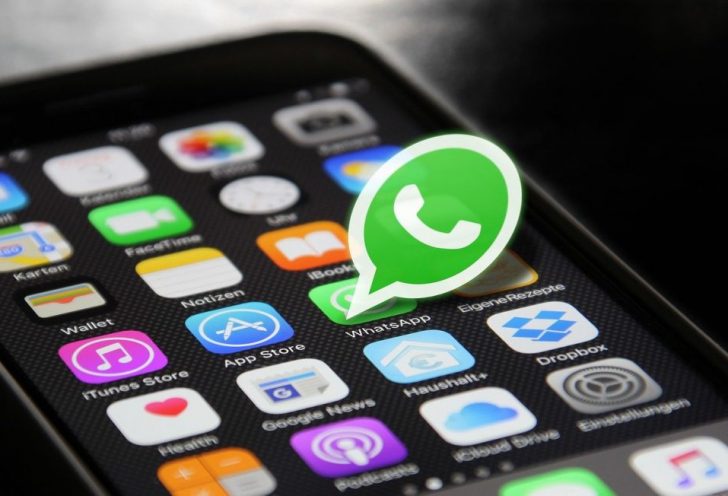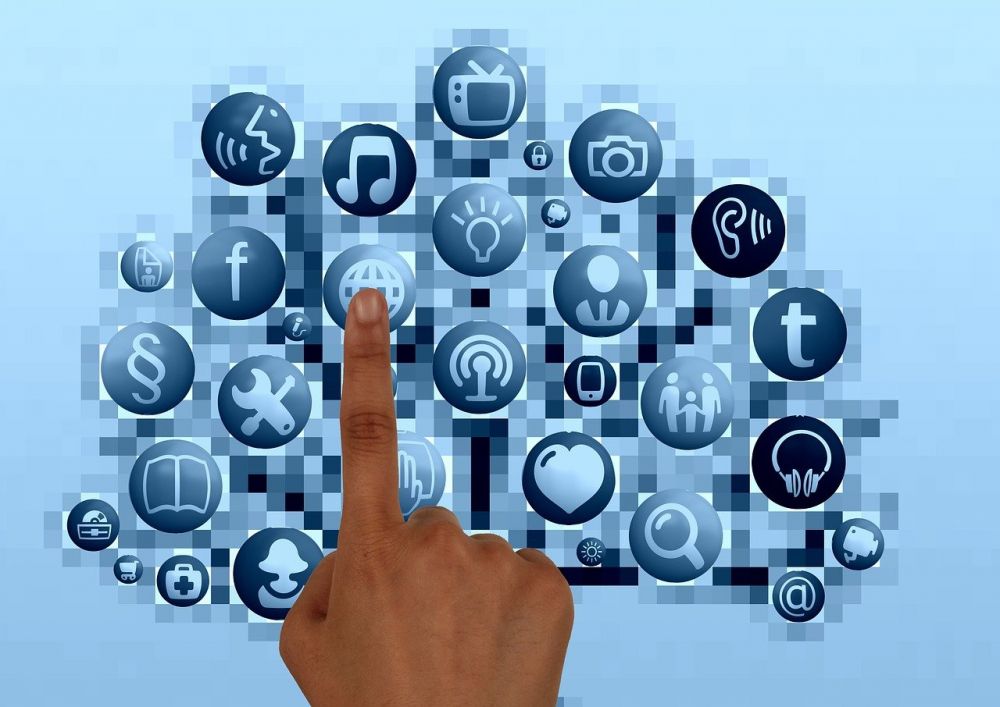Sex Apps: A Comprehensive Guide to the World of Sexual Technology

Introduction
In today’s world, technology has transformed every aspect of our lives, including our intimate relationships. With the rise of smartphones and the ever-growing app market, there has been an emergence of sex apps that cater to individuals seeking new experiences or simply looking to enhance their sexual encounters. This article aims to provide a thorough overview of sex apps, exploring their types, popularity, quantitative measurements, differences, and historical pros and cons.
Understanding Sex Apps

Sex apps are typically mobile applications designed to facilitate various forms of sexual interactions, whether it is finding new partners, exploring fantasies, improving sexual health, or simply enhancing one’s knowledge about sex. These apps offer a multitude of features and services, tailored to the diverse needs and desires of users.
Types of Sex Apps
There is an extensive range of sex apps available on the market, each catering to different preferences and interests. Some popular types include:
1. Dating and Hookup Apps: These apps, such as Tinder and Grindr, focus on connecting individuals for casual encounters, relationships, or friendships. Users often swipe through profiles, chat, and arrange meetings based on mutual interests.
2. Fantasy Exploration Apps: These apps, like Feeld and 3Fun, aim to bring fantasies to life by connecting individuals with like-minded partners or facilitating group experiences. They provide a platform to explore diverse sexual interests within a safe and consensual environment.
3. Sexual Education and Communication Apps: Apps like OMGYes and Planned Parenthood aim to educate users on various sexual topics, techniques, and communication skills. They offer interactive lessons, videos, and even virtual reality experiences.
4. Sexual Health Apps: These apps, including STD testing services and contraception trackers, provide users with tools and resources to maintain their sexual well-being. They offer features like reminders for medication, symptom tracking, and access to medical professionals.
Quantitative Measurements of Sex Apps
Measuring the popularity and usage of sex apps can be challenging due to the sensitive nature of the topic. However, through app download statistics, user reviews, and surveys, some insights can be gathered. For instance, a study conducted by [INSERT ORGANIZATION] revealed that dating and hookup apps like Tinder and Bumble have millions of downloads and active users worldwide. Similarly, sexual education and communication apps like OMGYes have received high ratings and positive feedback from users.
Distinguishing Features of Sex Apps
Sex apps differentiate themselves through various features and functionalities. Some notable distinctions include:
1. User Interface and Design: Different sex apps employ different user interfaces, ranging from swipe-based systems to detailed profiles and questionnaires. The design choices often reflect the app’s intended purpose and target audience.
2. Privacy and Safety Features: Sex apps prioritize user privacy and security. Encrypted messaging, photo verification, and user blocking options are among the safety measures implemented to ensure a safe experience for users.
3. Geographic Proximity Filters: Dating and hookup apps often incorporate location-based filters, allowing users to find potential matches within a specific radius. This feature promotes convenience and quick connections.
4. Inclusive Features: Some sex apps focus on inclusivity, providing options for different sexual orientations, gender identities, and relationship preferences. These inclusive features create a welcoming environment for diverse users.
Historical Pros and Cons of Sex Apps
Over the years, sex apps have had both advantages and drawbacks:
Advantages:
1. Increased Accessibility: Sex apps have made it easier for individuals to explore their sexual desires and connect with like-minded partners, breaking down geographical barriers and societal taboos.
2. Privacy and Anonymity: These apps provide a level of anonymity, allowing users to protect their identity until they feel comfortable revealing themselves. This can be particularly important for individuals who may face discrimination or social stigma.
3. Expanded Sexual Education: Sex apps dedicated to education and communication promote sexual literacy by offering knowledge, techniques, and advice to users. They empower individuals to have open and informed discussions about sex.
Drawbacks:
1. Increased Risk of Non-consensual Encounters: The anonymity of sex apps can lead to situations where consent is not explicitly given or respected, posing potential risks to users. It is crucial for users to prioritize their safety and establish clear boundaries.
2. Overemphasis on Looks and Superficial Connections: Some dating and hookup apps primarily focus on physical appearance, potentially leading to the objectification of individuals. This can foster a culture of superficial connections rather than meaningful relationships.
3. Negative Psychological Impact: The use of sex apps may contribute to feelings of body image dissatisfaction, low self-esteem, and anxiety among users. It is essential for individuals to engage with these apps mindfully and prioritize their mental well-being.
Conclusion
Sex apps have revolutionized our approach to sex and relationships. With diverse types, unique features, and significant historical pros and cons, they continue to shape the intimate experiences of individuals worldwide. However, it is indispensable for users to exercise caution, prioritize consent, and maintain their well-being while navigating these apps’ boundless possibilities.
[INSERT VIDEO HERE]
References:
– [ADD REFERENCES]





















